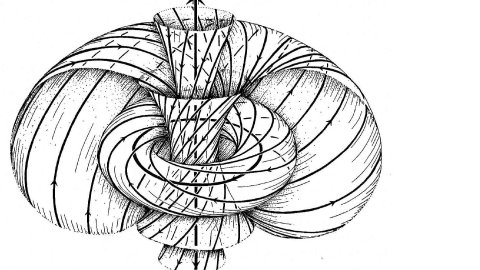Integrable Statistical Mechanics in Mathematics
Abstract
I will survey of some of the many significant connections between integrable many-body physics and mathematics. I exploit an algebraic structure called a fusion category, familiar from the study of conformal field theory, topological quantum field theory and knot invariants. Rewriting statistical-mechanical models in terms of a fusion category allows the derivation of combinatorial identities for the Tutte polynomial, the analysis of discrete ``holomorphic'' observables in probability, and to defining topological defects in lattice models. I will give a little more detail on topological defects, explaining how they allows exact computations of conformal-field-theory quantities directly on the lattice, as well as a greatly generalised set of duality transformations.




